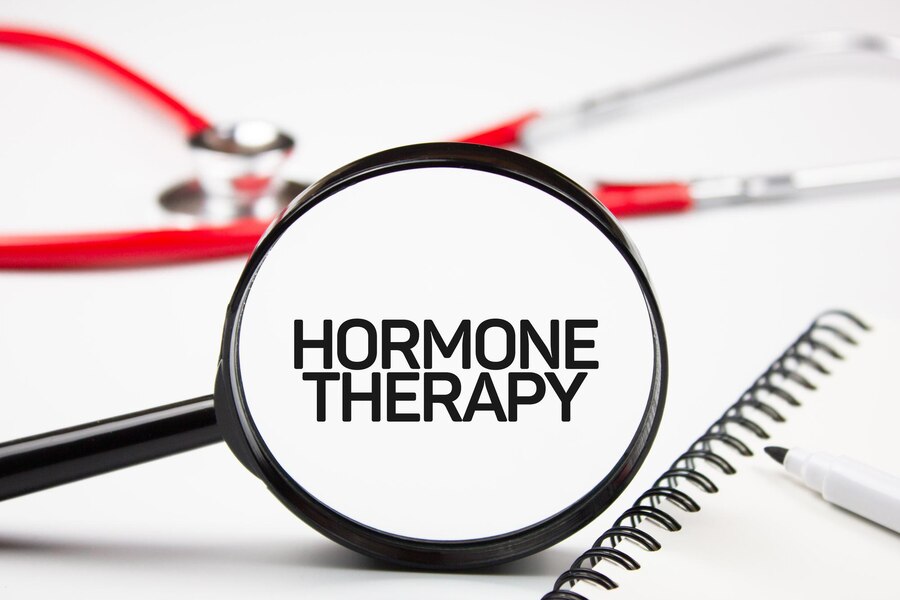Hormonal replacement therapy (HRT) is the most effective way to treat symptoms of the perimenopause and menopause, as well as protecting your bones and reducing the risk of a number of health issues, including cardiovascular disease and osteoporosis. However, studies show that only around one in ten menopausal women who would benefit from HRT actually take it.
Women might be worried of HRT because they have heard that it’s linked to unpleasant side effects and health risks. This is partly due to some worrying media reports from the early 2000s which linked HRT to an increased risk of breast cancer and blood clots. Fortunately, the types of HRT used in this study are very different to the safe, body identical types of HRT. In addition, this evidence has since been re-examined, and new studies suggest that, for the majority of women under the age of 60, the benefits of HRT outweigh any risks. Here are the ten most common myths surrounding HRT, alongside the evidence-based facts.
Myth 1: HRT causes breast cancer
Fact: HRT with oestrogen alone is associated with no or lower risk of breast cancer. If you take body-identical HRT, there is no increased risk of breast cancer for the first five years of taking it. Even then, the risk is so low that it is less than the risk associated with being overweight, drinking a couple of glasses of wine each night, or doing no exercise.
Myth 2: HRT increases the risk of heart attack and stroke.
Fact: Taking HRT before the age of 60 actually reduces your risk of heart attack and stroke. Taking HRT in tablet form can slightly increase the risk of stroke and blot clots, but this risk is very low and can be avoided by taking HRT in patch, gel or spray form.
Myth 3: Women should wait until their symptoms are unbearable before you start taking HRT.
Fact: Women can start taking HRT as soon as they begin experiencing symptoms, even if they are still having periods. This not only means they will not have to put up with symptoms for as long, it could also reduce their risk of cardiovascular disease and osteoporosis.
Myth 4: HRT carries the same risks as the contraceptive pill
Fact: Although HRT contains similar hormones, they are in much lower doses. All contraceptives pills contain synthetic hormones which actually have more risks than body identical hormones which are in many HRT preparations. Also, HRT is often delivered via a gel, patch or spray rather than a pill, so the effects are not the same.
Myth 5: Blood tests and examination are required before doctors will prescribe HRT
Fact: Women over 45 who experience symptoms, do not usually need blood tests prior to starting HRTs.
Myth 6: Natural remedies are safer than HRT.
Fact: Just because a treatment is natural, that doesn’t mean it is safe. Unlike HRT, most natural remedies haven’t been thoroughly researched.
Myth 7: HRT causes weight gain.
Fact: Women have a tendency to gain weight in midlife, but there’s no evidence that HRT is responsible for this.
Myth 8: HRT only delays the menopause
Fact: HRT simply treats the symptoms of the menopause. If women experience menopause symptoms when they stop taking it, this isn’t a result of taking hormones. They would still have been having the same symptoms even if you’d never taken HRT.
Myth 9: Women can only take HRT for five years.
Fact: HRT can be taken for as long as the benefits outweigh any risks, which usually means for ever.
Myth 10: Women on HRT would no longer need contraception
Fact: HRT isn’t a contraceptive, so women should continue to use contraception until the age of 55.
Dr Efterpi Tingi
Consultant Obstetrician and Gynaecologist




